Illuminating the Path to Global Electrification
In our world today, a staggering 685 million individuals remain in the dark, lacking access to electricity. The urgency to bridge this gap necessitates a twofold increase in the current annual growth rate. Without decisive action, a daunting 660 million people, primarily in Sub-Saharan Africa, will still be without electricity by 2030. Notably, while 98 percent of urban populations enjoyed the privilege of electricity in 2021, only 85 percent of those residing in rural areas shared the same benefit. (IRENA, 2023)
Share of the population with access to electricity (Source: IEA, 2022)
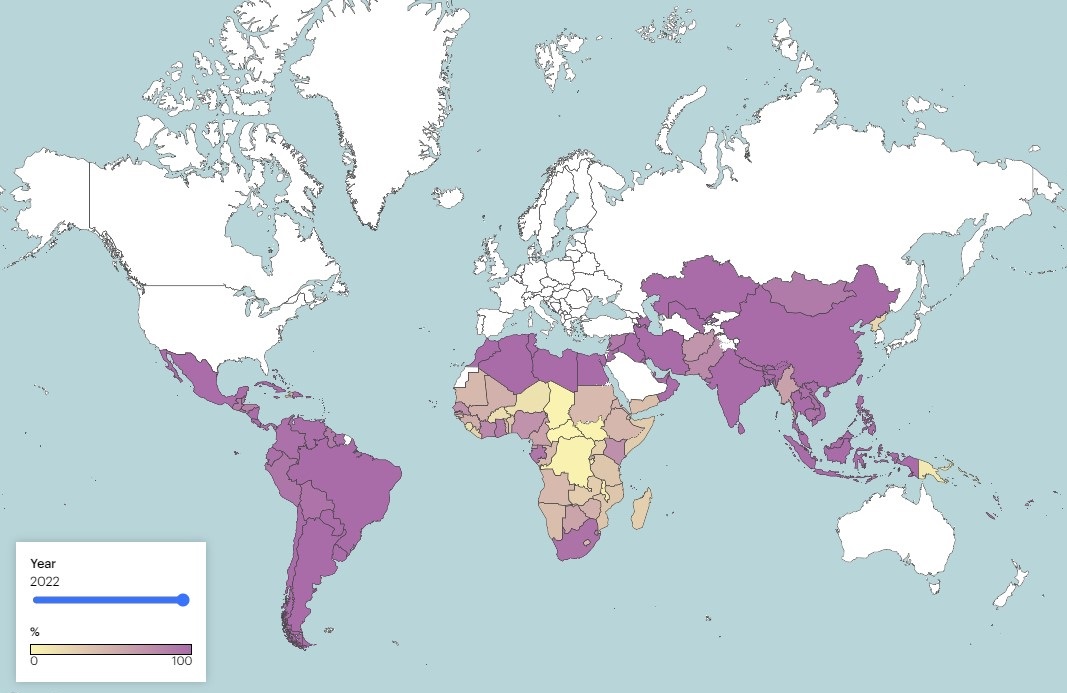
The DRE Solution
Decentralised Renewable Energy (DRE) refers to energy that is generated independently from a centralised main power grid. DRE technologies use renewable energy sources, including small hydro, biomass, solar and wind power. DRE systems increase security of supply, reduce transmission losses and lowers carbon emissions.
DRE emerges as the most economical path to electrifying more than half of the necessary connections for sustainable global electricity by 2030. DRE achieves this with unprecedented speed, cost-effectiveness, and environmental cleanliness.
Central to achieving Sustainable Development Goals (SDGs), DRE stands as a beacon for multiple reasons:
- Cleaner: DRE significantly contributes to climate change mitigation, offering up to 50% fewer emissions than grid extensions reliant on fossil fuels.
- Cheaper: DRE reduces investment needs by up to 30% compared to traditional grid extensions, steering us towards comprehensive electrification.
- Smarter and Faster: Clean energy mini-grids can be set up in weeks, while stand-alone systems can be implemented in a day, providing resilience to climate change and creating local green jobs.
(IRENA, 2019)
Decentralised solutions
- Mini-grid is a set of small-scale electricity generators and possibly energy storage systems interconnected to a distribution network that supplies electricity to a small, localised group of people and operates independently from the national transmission grid.
- Microgrids and nano-grids (or pico-grids) are smaller forms of mini-grids.
- Solar Home Systems are small-scale photovoltaic (PV) and battery standalone systems with a capacity higher than 10 W peak supplying electricity for single households or small businesses.
- Mesh-grids, pioneered by ARE Member Okra Solar, offer a decentralised and modular solution for rural electrification, combining the flexibility of standalone systems with the reliability of traditional mini-grids.
In 2021, over 11 million individuals benefited from mini-grids powered by solar, hydro, and biogas technologies. These off-grid solutions present a promising avenue for bridging the electricity access gap, especially in remote regions of Sub-Saharan Africa.
The Benefits of Deploying DRE in Rural Areas
- Improved Quality of Life: Electric lighting extends productive hours, improving safety and security.
- Economic Development: Rural electrification stimulates economic growth, supporting local businesses and creating job opportunities.
- Education and Healthcare: Electricity enhances learning environments and facilitates access to medical facilities, fostering education and healthcare in remote areas.
- Reduced Dependency on Traditional Fuels
- Reduced Emissions: Transitioning from fossil fuels to electricity significantly reduces greenhouse gas emissions and local air pollution.
DRE Technologies
Solar Photovoltaics (PV)
Solar Photovoltaics directly convert sunlight into electricity, offering a mature and cost-competitive technology with diverse applications. The vast majority of ARE Membership provides solar energy solutions worldwide.
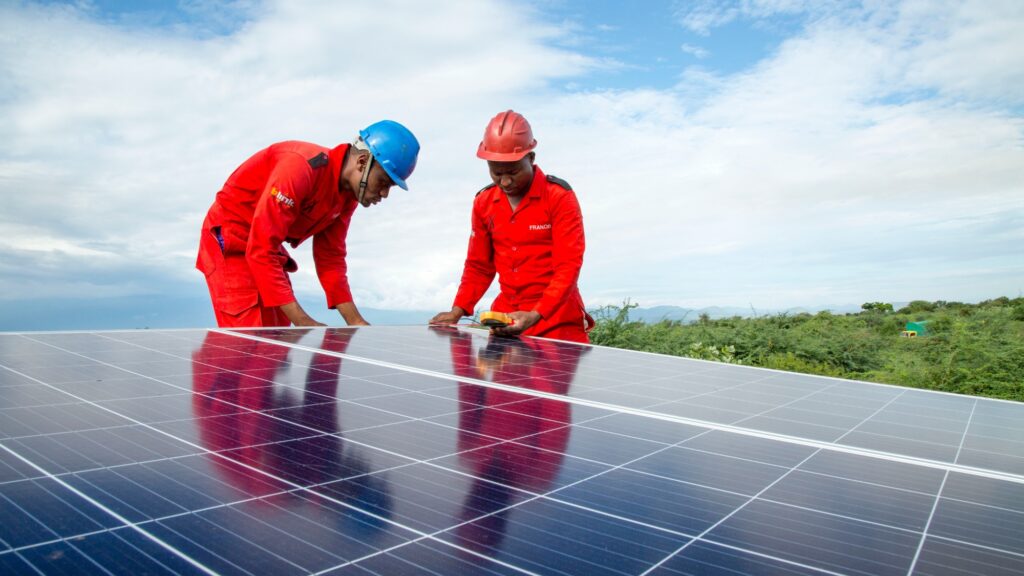
Small hydro
Small hydro energy taps into the natural water cycle, offering a mature, reliable, cost-effective renewable power generation technology. ARE Members such as Anzana, acciona.org, and Turbulent Hydro implement small hydro solutions.

Small Wind
Small wind energy utilises turbines with a capacity rating of ≤100 kW, providing a cost-competitive solution for off-grid applications when favourable natural conditions are present. This solution is implemented by ARE Members such as Ryse Energy, Customized Energy Solutions, etc.
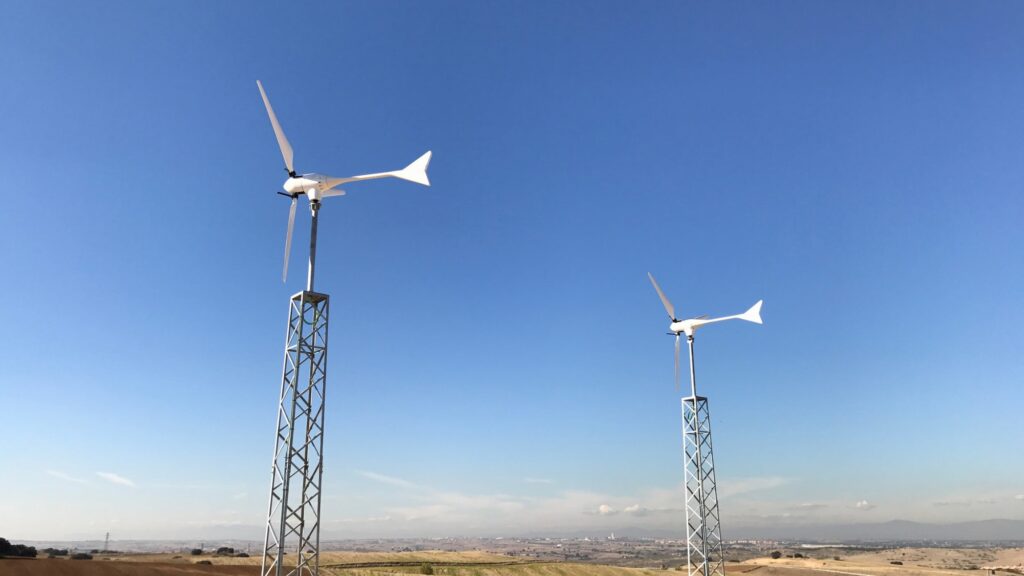
Airborne Wind
Airborne wind energy converters (AWEC) employ kites to harness strong high-altitude winds, offering a new technology that can harvest twice as much wind energy as conventional turbines. This innovative solution is led by Airborne Wind Europe, Enerkite, and SkySails Power in the ARE Network.

Bioenergy
Bioenergy harnesses energy from organic material, releasing carbon absorbed by plants through photosynthesis, making it a near-zero-emission fuel. ARE Members such as GERES and nOa Climate deploy bioenergy solutions.
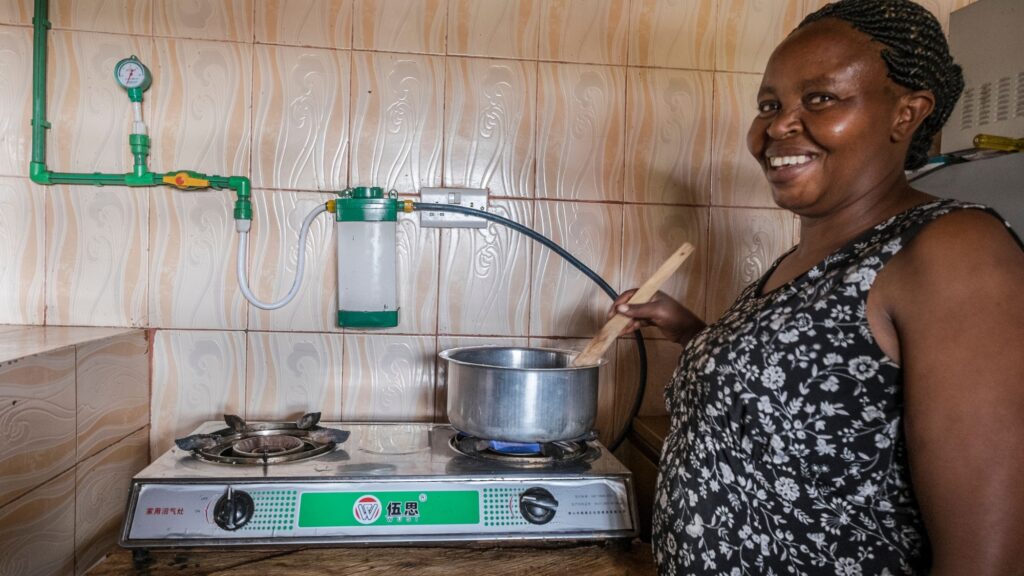
Green Hydrogen
Green Hydrogen serves as a versatile energy carrier produced through electrolysis, enabling the seamless integration of renewable electricity into challenging end-use applications and providing grid flexibility. It is exemplified by ARE Member H2 Energy.

Battery/Energy Storage
Batteries and energy storage technologies ensure the reliability of electricity systems by storing energy derived from primary sources, essential for stability in rural electrification schemes using renewable energy. A variety of energy storage solutions are provided by ARE Members worldwide.
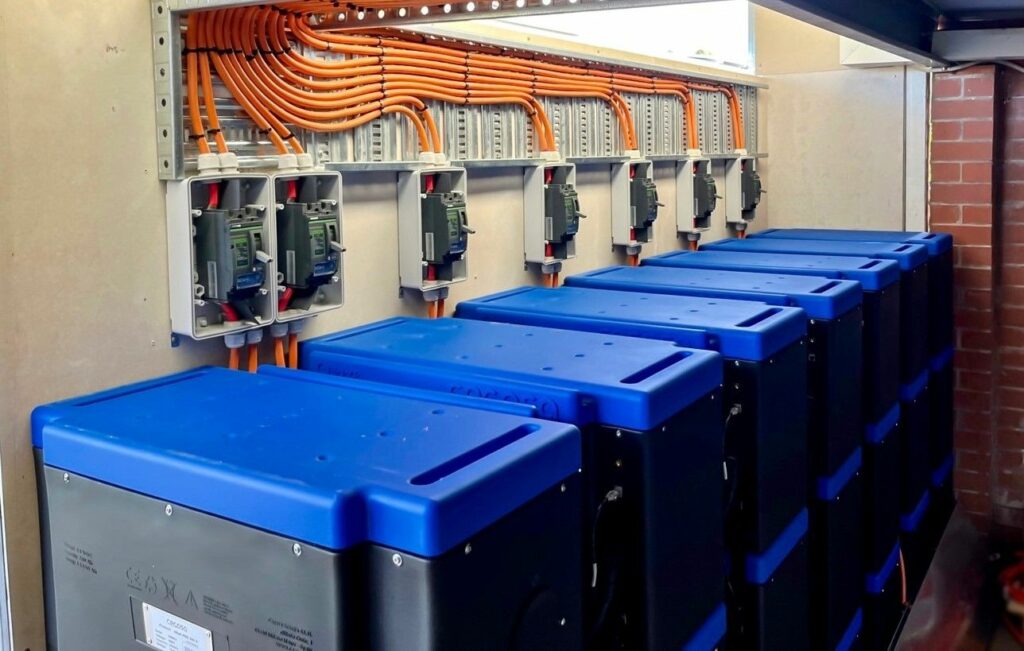
What is Needed to Further Electrify?
According to the International Renewable Energy Agency’s Tracking SDG 7 Report, international financial flows to developing countries for clean energy in 2019 amounted to only USD 10.9 billion, contrasting with USD 11.2 billion recorded in 2010.
To achieve universal energy access by 2030, the United Nations estimates that an annual investment of USD 35 billion is required. Therefore, scaling up investments in clean energy financing is essential, and the private sector needs to play a significant role in achieving this goal.
Additional Resources
- Tracking SDG 7 | The Energy Progress Report
- IEA: Access to electricity
- The Global Electrification Platform
- Energydata.info: open data and analytics
